... starts in 1982.
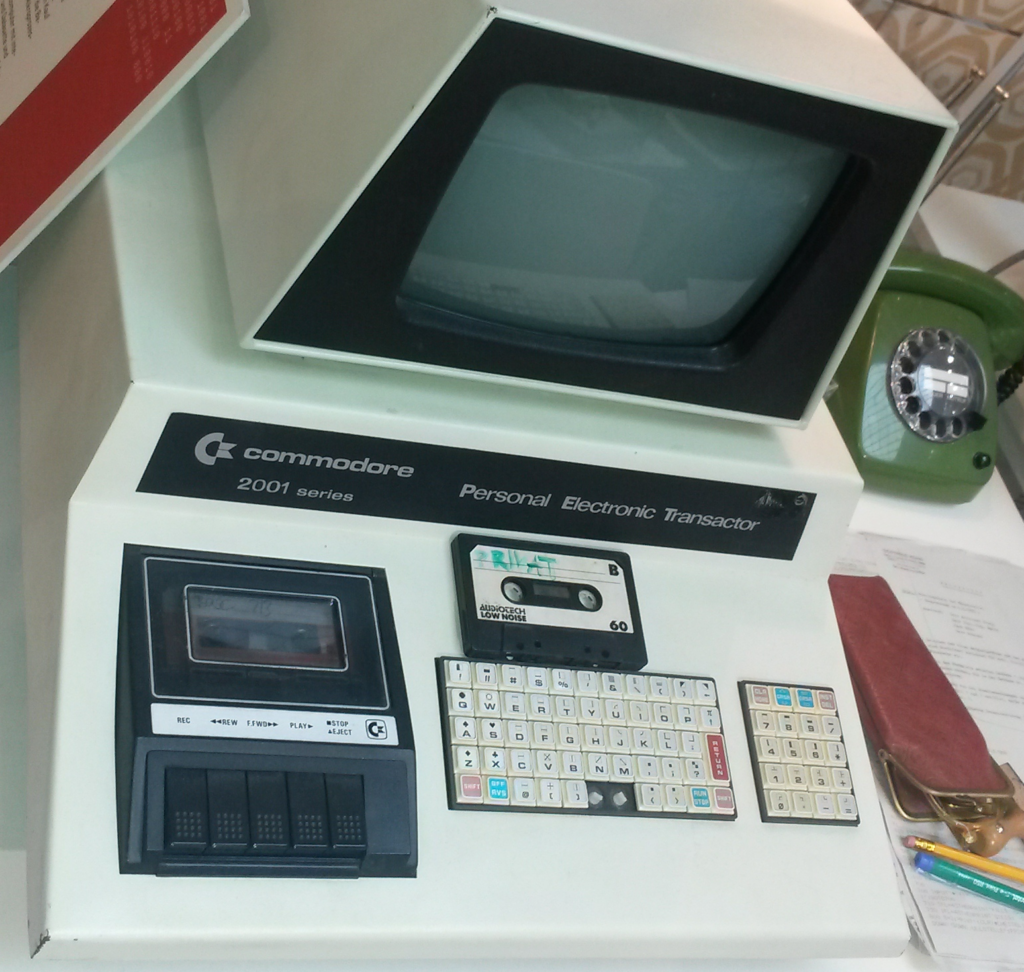
My first computer was a PET 2001, to my personal luck the Hegelsbergschule in Kassel was at that time still a super modern model school with many very ambitious teachers. And in 1982 with one of the first computer labs in Germany ever! At that time Commodore-Basic (actually already a licensed product from Microsoft) was one of the most widely used programming languages.
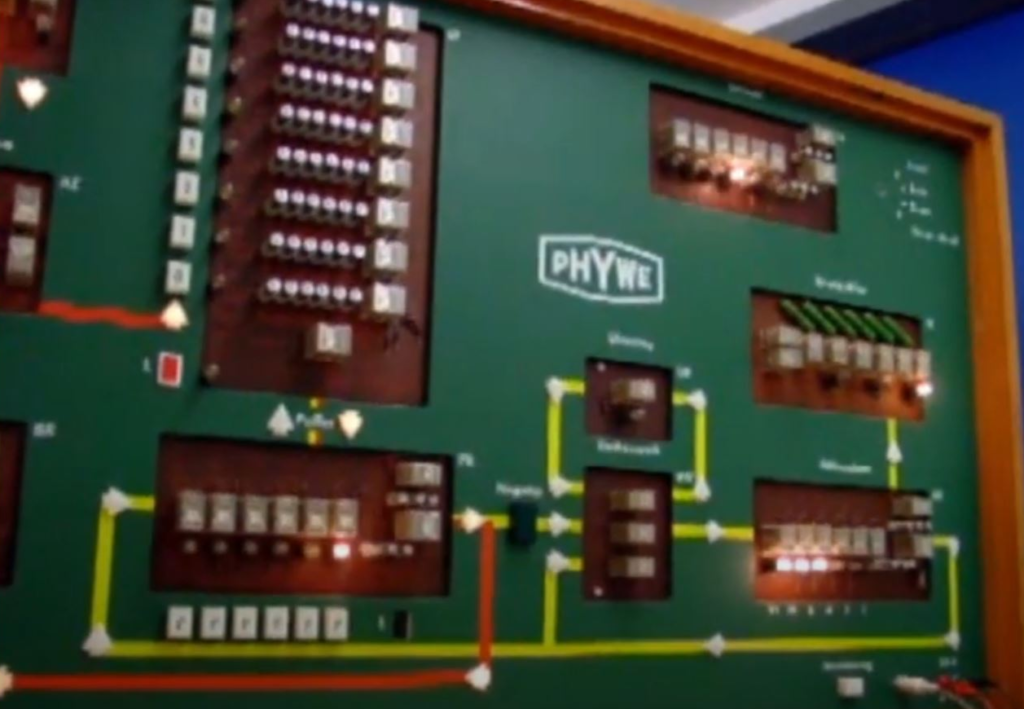
In this school there was actually also a learning computer, presumably of the company Phywe (fig. similarly). On this one could still feel assembler and understood how memory, ALU, control unit work together - and why there are simple (from the processor's point of view) and difficult commands.
In contrast to all storage topics (sorting, keys, fields, record sizes), this has hardly any meaning today.
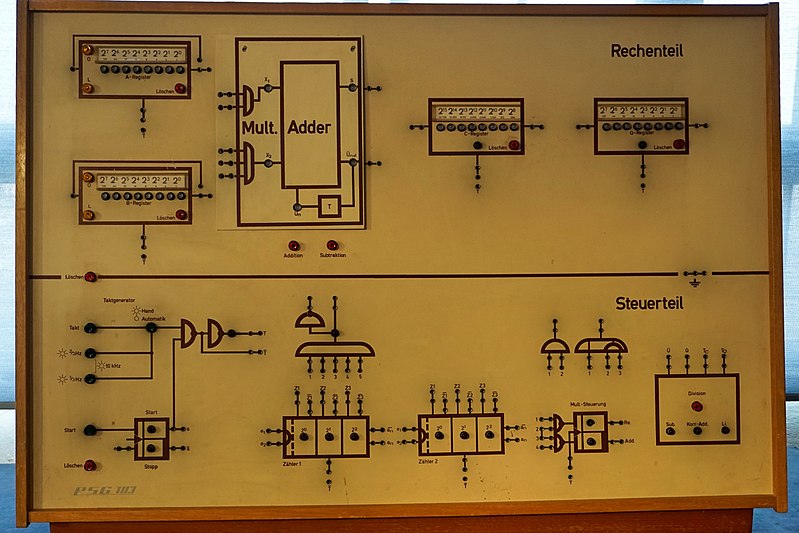
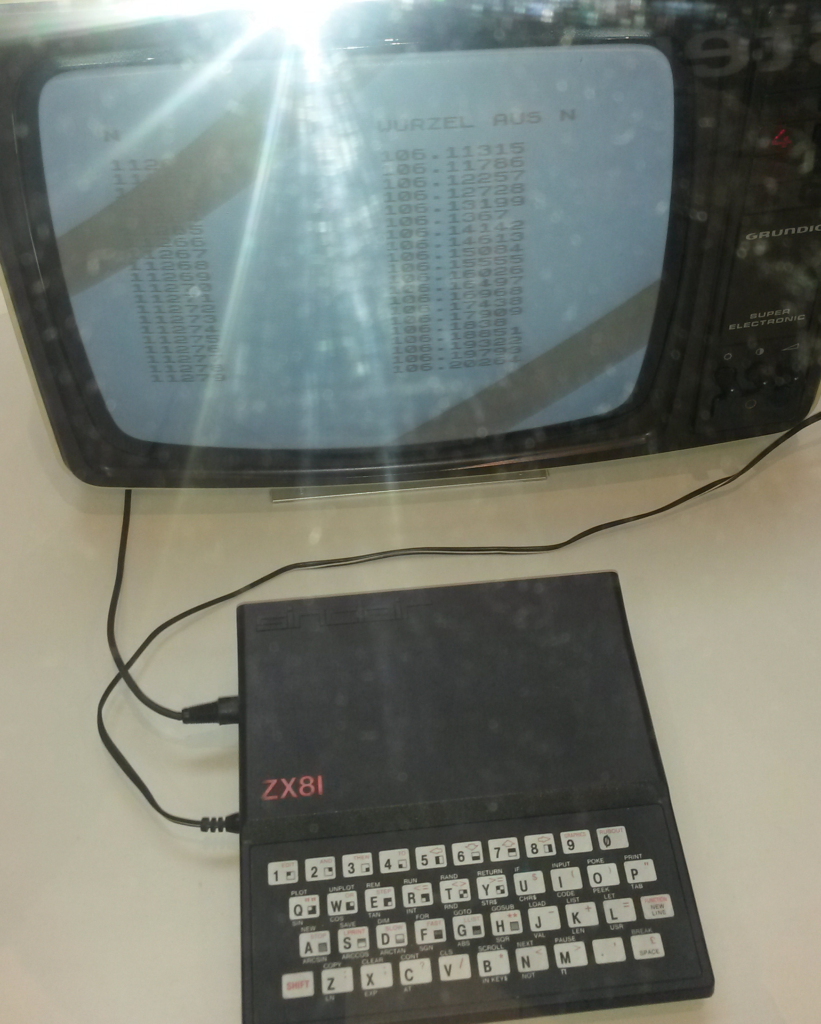
First on a ZX81, later ZX Spectrum then memory saving programming and "arrow fast" assembler became tools of daily life.
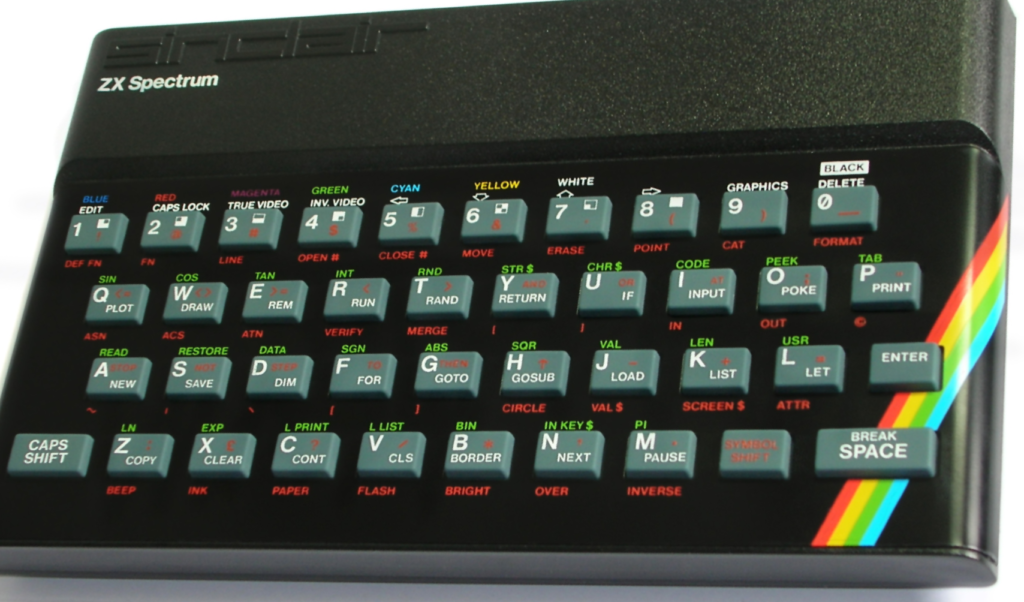
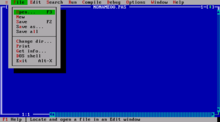
Via CP/M Turbo Pascal was added since version 3.3, the basis of all procedural languages until today ... and also an important building block for the first "Navision", the DOS version 3.52, which was developed by Thomas Hejlsberg, brother of the ingenious Turbo Pascal developer Anders Hejlsberg. Fun fact: Navision also had the "Calculator" integrated in the Dos version, just like Turbo Pascal.
With the disk-operating IBM's (DOS = Disc Operating System) very much feeling for it came to hold processing data sets if possible in the memory, in order not to have to access the slow disk. An important basis for the fact that RAM is always valuable and SWAP memory is not an alternative. In a time where "memory costs nothing", this understanding is unfortunately missing a lot of junior programmers... and, in my experience, cannot be taught.
If you like, you can read a bit about the "basics" here.

IBM… meine neuen Wurzeln

In 1986 dBase and Clipper came into the game with DOS.
With dBase/Clipper on the first IBM clone the fundamental understanding for records (data sets) was created... and why a record sorting is hard work for a computer. A valuable basic knowledge, which is also hard to teach to programming novices. And: An unbelievable increase in productivity! INSERT/DELETE/SORT, transactions, masks, lists... Everything was suddenly no longer the task of the programmer... because other programmers had already done the work for him before. Nevertheless one had to know about keys. As today, sort keys are both a curse and a blessing... The dose makes the poison.
Turbo Pascal became the basic tool of choice in studies for all high-level language developments. Garbage collection, string manipulations, menus were "at that time" still clunked together by hand. But if you have developed a string management yourself, you will understand very well why Navision RTC has its problems with string manipulations. An exception was microcontroller programming. Assembler was an unbelievably simple and logical programming "language"... but still never my friend. Thanks to Intel for introducing the 8052AH, which allowed me to do even complex control tasks on a microcontroller in Basic. So if you think the Raspberry pi as a compact and easy to program micro computer is a totally hip new discovery of the 21st century... Sorry, it's all old wine in new bottles 🙂 And we had LEDs there too!
During my studies, I also came into close contact with Siemens Nixdorf/Comet TOP merchandise management with Business Basic. Also a fascinating solution, and rightly market leader at that time. Here, too, it was natural for the programmer to take care of his tasks... and not the data management. This experience later helped me a lot to replace Comet applications with Navision. Of course, I didn't know that in 1990. But the confident handling of F3 for inserting and F4 for deleting took me a small hurdle to the later Navision 🙂

Pay attention to the menu line: The Heijsenberg brothers send their regards 🙂
Navision... The first contact came about in November 1993. A demonstration by a former employee of my training company. And I asked myself the question then, which still keeps me with Navision today: Why should one program in any other way?
Yes, Navision... Of course, I now also do AL under Visual Studio Code with Business Central. But the regression in productivity does hurt.
And so it came over time, of course, to all the successor versions of Navision. From the super stable and already at that time very fast and groundbreaking 2.01 version to the 3.70 version with a stable automation integration (Welcome, Excel, Word and the first stable scheduler!).


I have to admit... I was very nervous about the RDLC and the general design in RTC at the beginning. The entirely new way of report programming was... Cumbersome! If they had still given me colors in the report for native Navision (as it was now called, versions up to 2009R2) (to show target values in red, for example): I would never have needed more to make my customers happy. Meanwhile, of course, I also appreciate the advantages of RDLC.
So I became - after ED Post- Quiche eater... and I still love this programming way today! I have never missed being a real programmer. When I can concentrate with Navision, like one with dBase and Clipper, also still comparable to Cobol, purely on the solution of the task. And I don't have to worry about memory leaks, garbage collections, inheritance, overloading, lazy read and all the other stuff a non-Navision programmer has to take care of. And that feeds me and my pretty wife to this day more than goodv.

